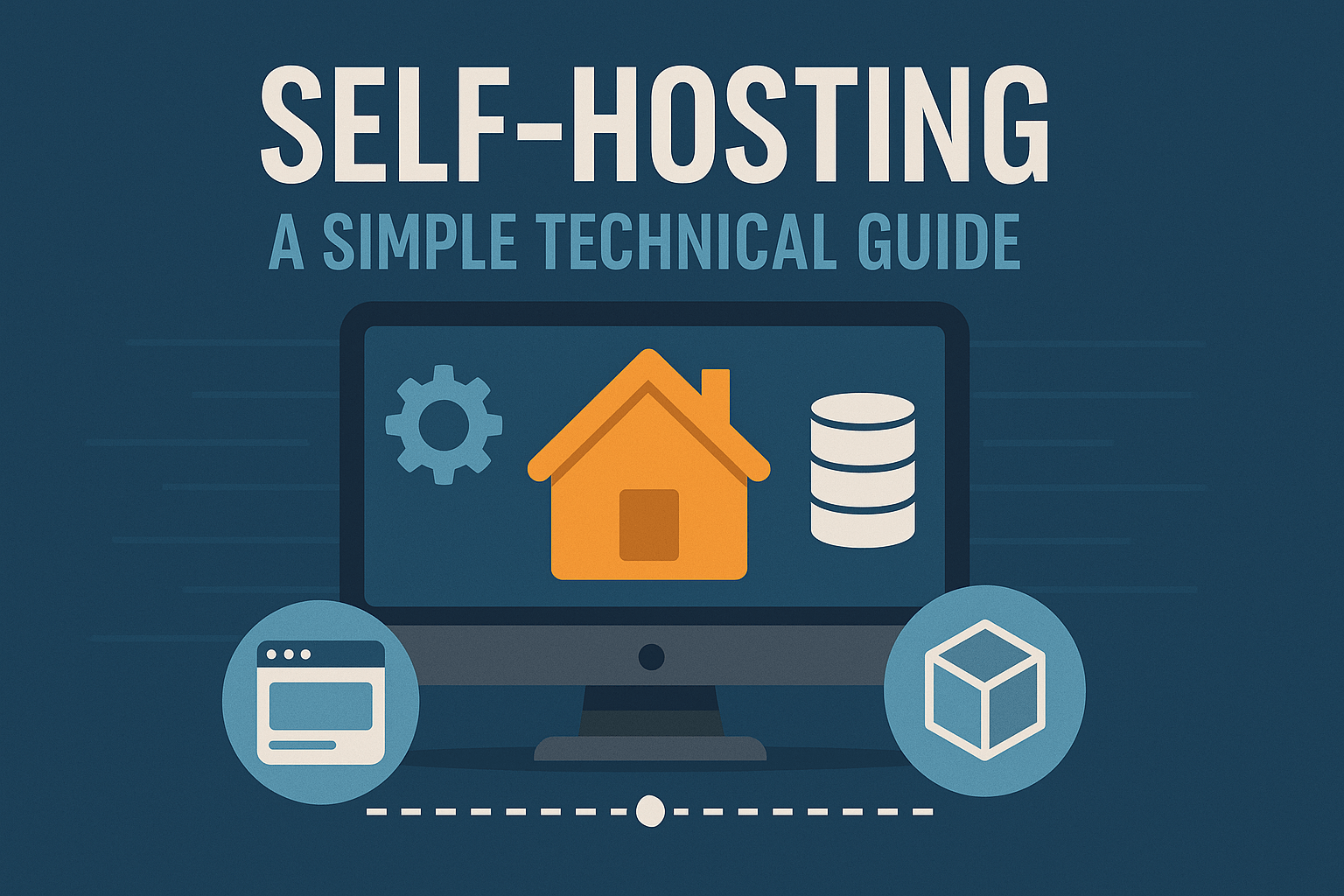
Self-hosting is a powerful way to regain control of your online presence, secure your data, and avoid the pitfalls of third-party platforms. Whether you want to host a website, manage your own cloud storage, or run private communication tools, this guide will show you how to set up your own self-hosted environment easily, even if you have limited technical skills.
Looking for a secure, scalable self-hosted solution tailored to your needs? Contact Digivate for expert support.
What You Need to Self-Host
- A Device: This can be a local machine (like a Raspberry Pi), a dedicated server, or a cloud server.
- Operating System: We recommend using a user-friendly self-hosting OS like CasaOS, YunoHost, or UmbrelOS.
- Domain Name: Required if you want your self-hosted services to be accessible online.
- Secure Network Configuration: Basic security settings, which these OS options can help you manage.
Step 1: Choose Your Self-Hosting OS
- CasaOS: Ideal for beginners, offering a user-friendly interface for managing apps and services.
- YunoHost: A versatile self-hosting OS with one-click app installations for websites, file sharing, email, and more.
- UmbrelOS: Perfect for a home server, especially if you want to run secure apps like Nextcloud or even Bitcoin nodes.
Step 2: Install Your Chosen OS
- Download the OS image (CasaOS, YunoHost, or UmbrelOS) from their official website.
- Flash the OS to a USB drive or SD card using a tool like Balena Etcher.
- Boot your server or device with the flashed OS.
- Follow the on-screen instructions to complete the setup.
Step 3: Secure Your Self-Hosted System
- Set a strong password for your admin account.
- Enable automatic updates for security patches.
- Use HTTPS for any web services you host.
- Regularly back up your server using the built-in backup tools.
Step 4: Start Hosting Your Services
- For websites, you can quickly deploy WordPress, Ghost, or a static site generator with one click.
- For file storage, use Nextcloud.
- For communication, try Matrix (Element) for secure messaging.
- Browse the app store (CasaOS, YunoHost, or UmbrelOS) to easily install and manage other self-hosted services.
Step 5: Manage and Monitor Your Self-Hosting Setup
- Regularly check your dashboard for updates.
- Use built-in tools to monitor performance and storage.
- Set up email notifications for important security alerts.
Self-hosting no longer requires advanced technical skills. With user-friendly platforms like CasaOS, YunoHost, and UmbrelOS, anyone can take control of their online presence. But if you want a secure, scalable, self-hosted solution without the headache, reach out to Digivate.
Ready to take control of your online presence? Contact Digivate today to get started.



